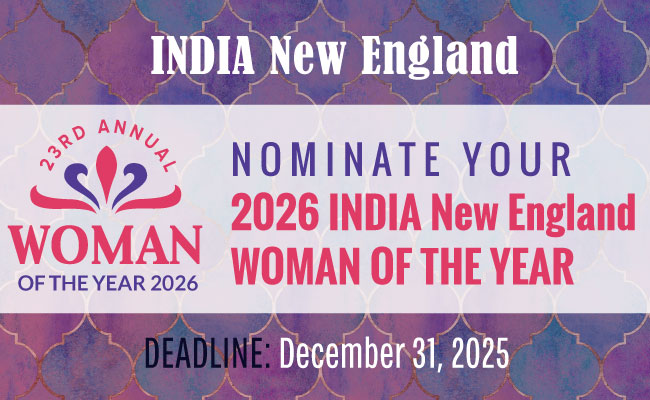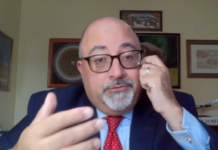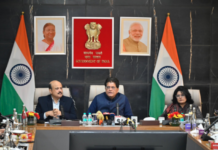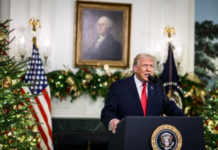NEW DELHI– India and the United States have agreed to accelerate negotiations on a long-discussed bilateral trade agreement, signaling renewed momentum after months of stalled progress.
Senior officials from both sides met in New Delhi on Tuesday. Brendan Lynch, Chief Negotiator for the U.S. Trade Representative’s office, led the American delegation, while Special Secretary for Commerce Rajesh Agrawal represented India.
Acknowledging what they described as the “enduring importance” of bilateral trade, both delegations said discussions were “positive and forward-looking,” according to a statement from India’s Commerce and Industry Ministry. The two countries pledged to intensify efforts to conclude a deal that would deliver “mutually beneficial outcomes.”
Commerce Ministry sources indicated that talks are underway at multiple levels and that further steps will depend on outcomes from Lynch’s meetings this week. While most issues remain trade-focused, some are being addressed within the diplomatic realm with India’s Ministry of External Affairs also involved.
The timing of the talks comes as hopes for a breakthrough have been buoyed by supportive remarks from both U.S. President Donald Trump and Indian Prime Minister Narendra Modi. On September 9, Trump wrote on Truth Social that he expected “no difficulty” in reaching a successful conclusion, calling Modi a “great friend.” Modi responded that negotiations would “unlock the limitless potential” of the India-U.S. partnership.
U.S. Ambassador to India nominee Sergio Gor also told senators during his confirmation hearing that Indian Commerce Minister Piyush Goyal is expected in Washington soon for direct talks with U.S. Trade Representative Jamieson Greer.
Meanwhile, India reported that its merchandise trade deficit narrowed to $26.49 billion in August from $27.35 billion in July, a sign that exporters are weathering global uncertainties despite trade policy challenges.
The fresh push for a bilateral trade agreement comes after years of on-and-off discussions, with both sides now signaling willingness to close gaps and move toward a deal. (Source: IANS)













